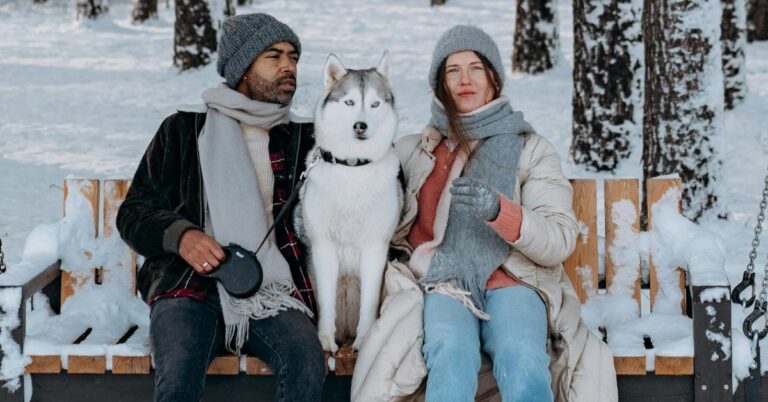20 Rare Dog Breeds You’ve Probably Never Heard Of

Dogs come in all shapes and sizes, but some breeds remain virtually unknown outside their regions. These hidden gems often have fascinating histories, unique physical traits, or specialized skills that set them apart. Let’s get to know 20 rare dog breeds that most people have never heard of.
Azawakh

The Azawakh has been bred for centuries by the Tuareg people for hunting and protection. Unlike most sighthounds, Azawakhs are fiercely loyal and form deep emotional connections with their owners. Their rarity stems from their geographic isolation and the difficulty of breeding them outside their native environment.
Norwegian Lundehund

With six toes on each foot and an extremely flexible spine, the Norwegian Lundehund was originally bred to scale cliffs and hunt puffins along Norway’s rugged coastline. Due to food shortages, this breed nearly went extinct during World War II. Despite conservation efforts, only about 1,500 remain today.
Thai Ridgeback
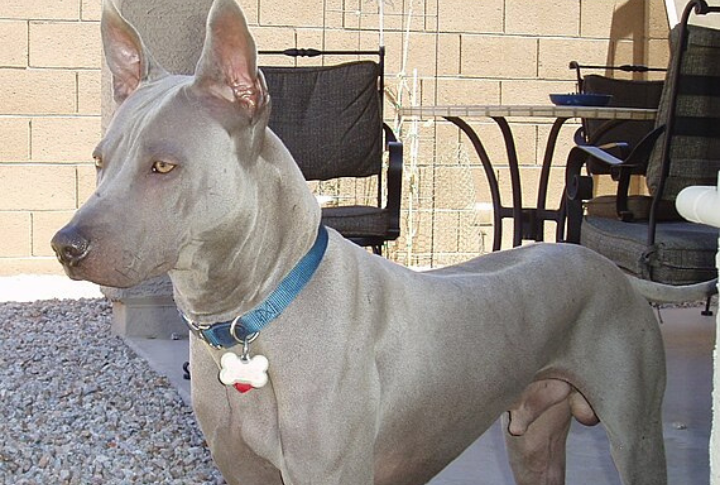
Hailing from Thailand, the Thai Ridgeback is one of the few breeds in the world with a distinctive ridge of hair growing in the opposite direction of the coat. Historically used for hunting and guarding homes in remote Thai villages, they have remained relatively unknown outside their homeland.
Mudi
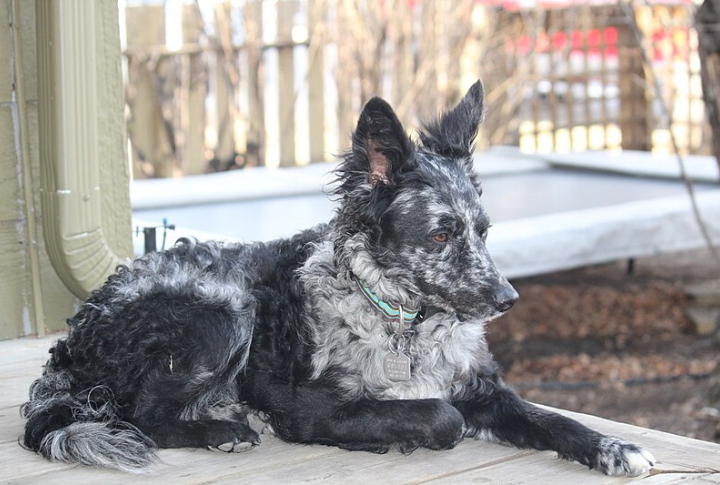
The Mudi is prized for its intelligence and versatility. Used primarily as a working dog, the Mudi excels in search-and-rescue and agility competitions. The breed’s rarity is attributed to its relatively recent recognition; only a few breeders exist outside Hungary. Even within its native country, it remains overshadowed by more well-known herding breeds.
Karelian Bear Dog
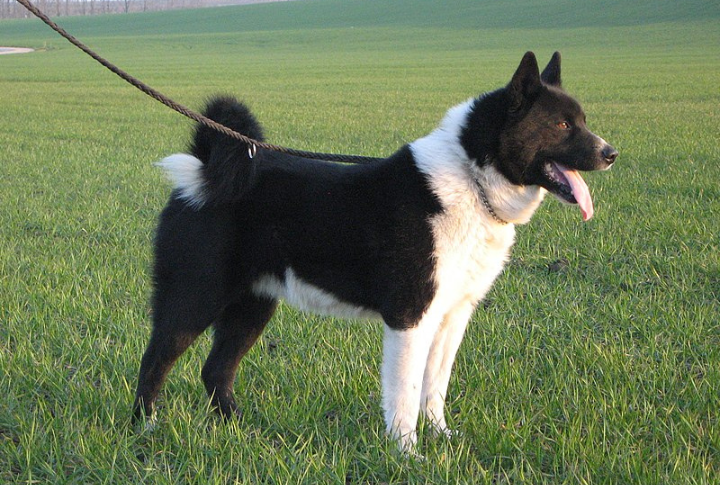
Bred in Finland for hunting large game, the Karelian Bear Dog is fearless and highly skilled. This breed has been used in conservation programs to manage wildlife populations, particularly for bear control. The breed’s rarity is linked to its demanding training needs and specific purpose, which limits widespread adoption.
New Guinea Singing Dog
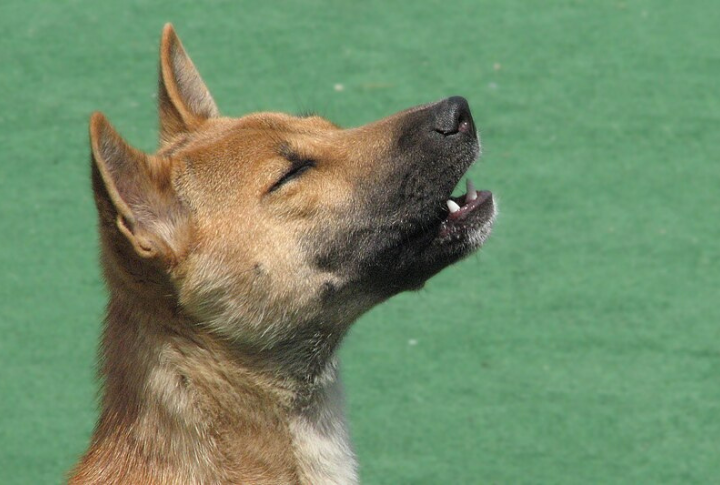
A breed shrouded in mystery, the New Guinea Singing Dog is famous for its unique vocalizations. Thought to be extinct in the wild, these dogs were rediscovered in remote regions of Papua New Guinea, where a small population still survives. Their scarcity is due to their isolated habitat and reluctance to domesticate fully.
Otterhound
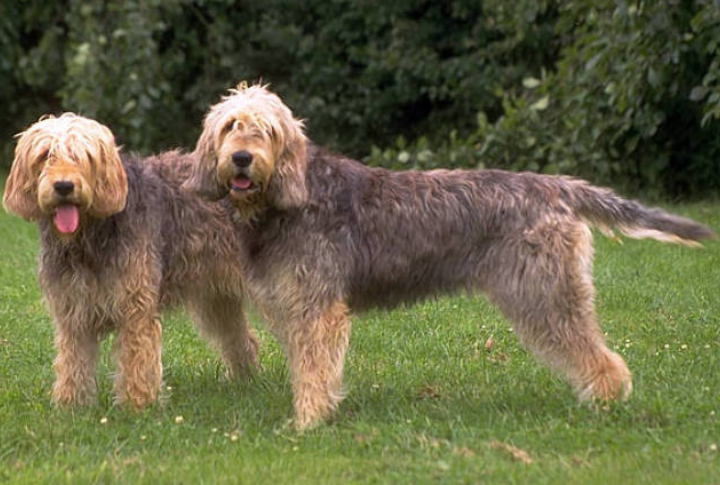
Otterhounds are shaggy-coated hunting dogs originally bred in England for otter hunting. As hunting practices changed, the need for the breed diminished, and its numbers dwindled dramatically. Today, fewer than 1,000 Otterhounds exist worldwide, making them rarer than some endangered species.
Chinook
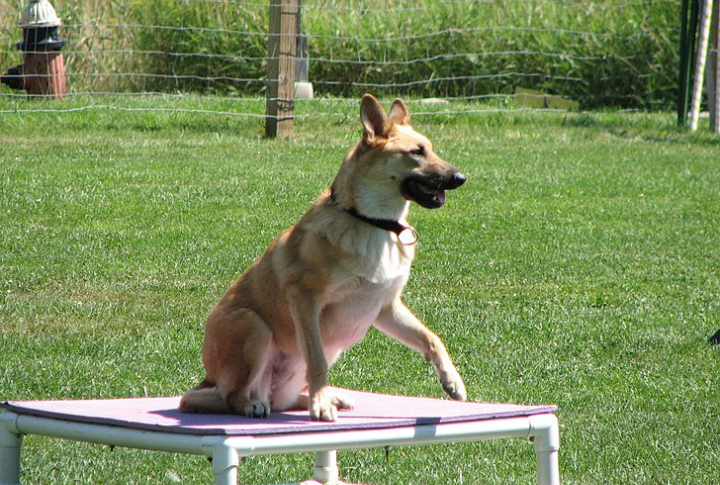
Developed in the early 1900s in New Hampshire, the Chinook was designed as a powerful sled dog with endurance. Despite its working capabilities, the breed never gained widespread popularity. With only around 200 new puppies registered annually, it remains one of the rarest dog breeds in North America.
Peruvian Inca Orchid
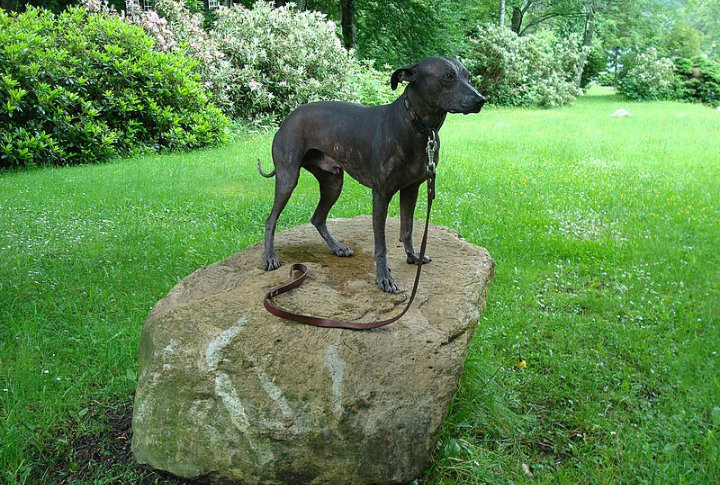
The Peruvian Inca Orchid dates back to the Incan Empire, where it was prized for its hairless coat and affectionate nature. These dogs have remained rare due to their delicate skin, which requires special care and protection from the elements. Their specialized needs and relatively small breeding population keep them an uncommon find.
Telomian
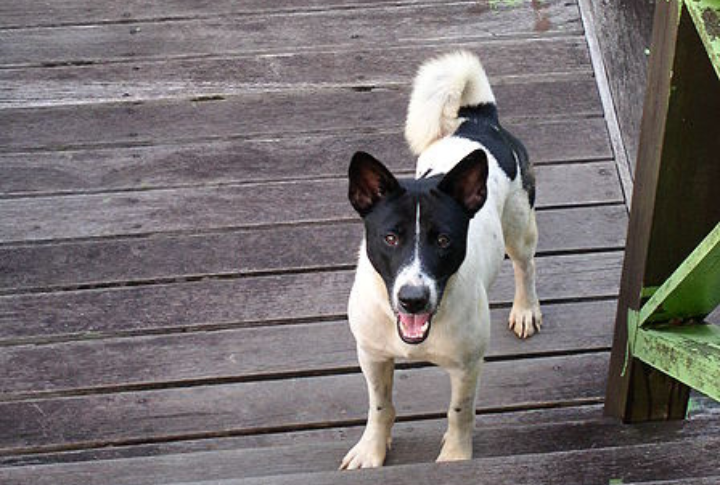
The Telomian is a rare dog breed from Malaysia, and it was never bred outside the country. It was historically used by indigenous people for pest control. Known for their incredible climbing ability, they can quickly scale ladders and move across steep terrain.
Estrela Mountain Dog

A loyal protector from Portugal, the Estrela Mountain Dog has spent centuries guarding livestock in rugged terrain. Its rarity is tied to its continued role in farm life rather than as a companion pet. Though an exceptional watchdog, it remains largely unknown beyond its homeland.
Stabyhoun
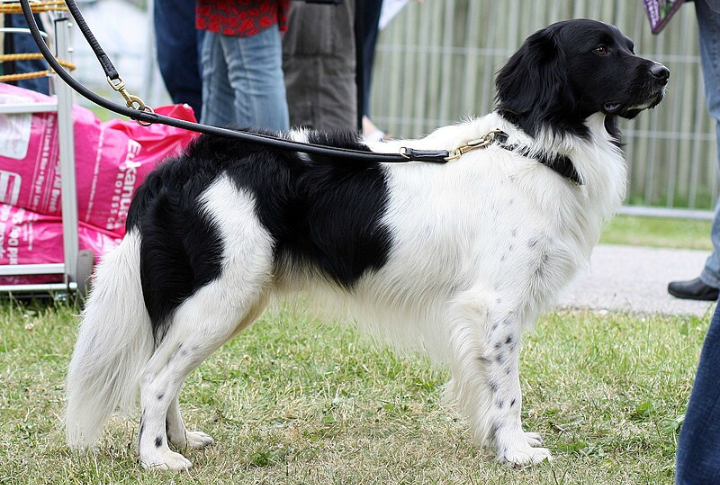
Native to the Netherlands, the Stabyhoun is a versatile hunting and working breed. Despite their gentle temperament and intelligence, they remain rare due to strict breeding regulations to maintain their purity. Only a few thousand exist worldwide, making them one of Europe’s best-kept secrets.
Pungsan Dog
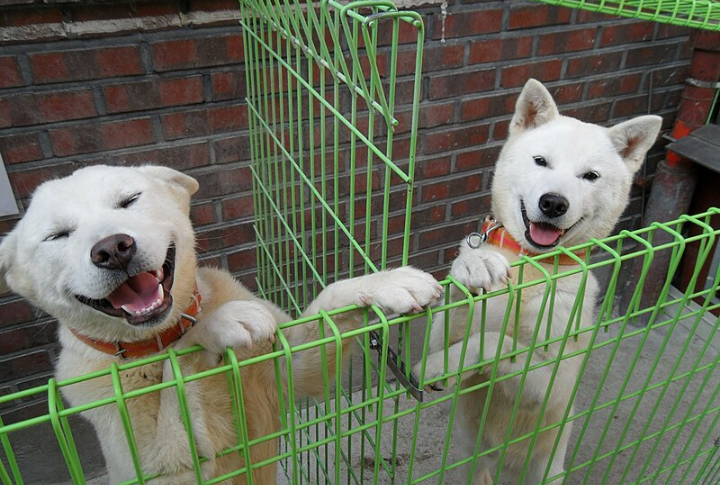
The Pungsan Dog has been a part of North Korean heritage for generations. This independent hunting breed remains uncommon outside the region, as it is closely tied to its homeland and not widely exported. Its keen instincts and resilience make it a respected symbol of strength.
Rajapalayam
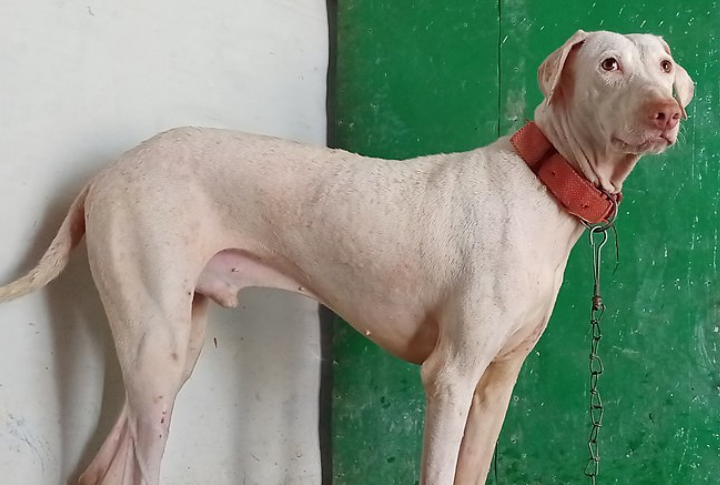
This Indian sighthound was once favored by royalty for its speed and protective nature. The Rajapalayam remains rare due to modernization and a decline in its traditional hunting role. Efforts to preserve the breed are growing, but they are still largely unknown outside southern India.
Chongqing Dog
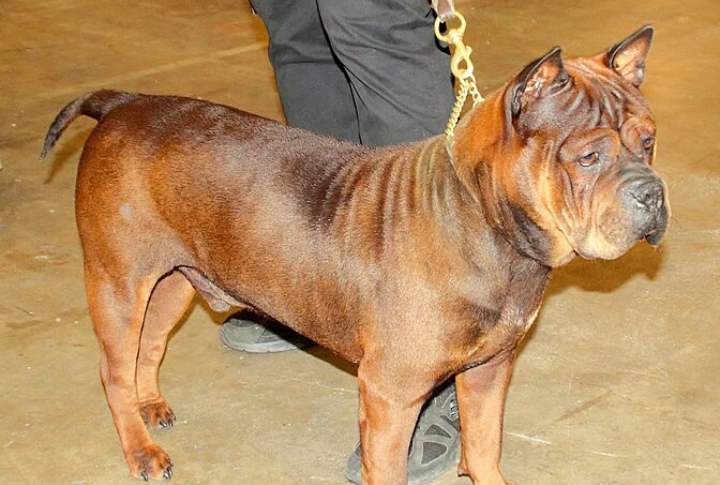
The Chongqing Dog, a strong and resilient breed from China, has been around for more than 2,000 years. Wars and changing breeding practices have kept its population small. Despite its loyalty and courage, which makes it highly valued, it is still rarely seen outside its homeland.
Tornjak
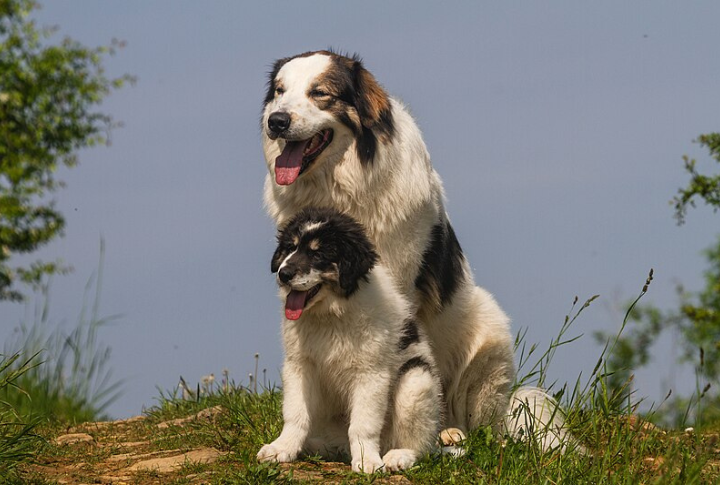
The Tornjak, a livestock guardian from Bosnia and Herzegovina, has been protecting sheep from predators for centuries. With strict breeding standards and limited recognition outside the Balkans, it remains uncommon. Farmers value its calm nature and fierce loyalty, but the breed has yet to gain wider awareness.
American Leopard Hound
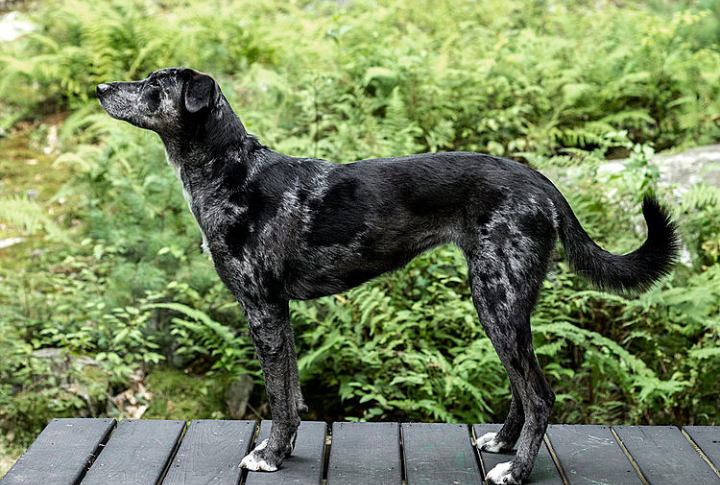
An expert treeing breed, the American Leopard Hound is known for its intelligence and adaptability. Though one of the oldest tree dog breeds in North America, its numbers remain low due to the rise of more popular hunting breeds. Their spotted coats and keen tracking ability make them a hidden gem among hunters.
Tibetan Kyi Apso
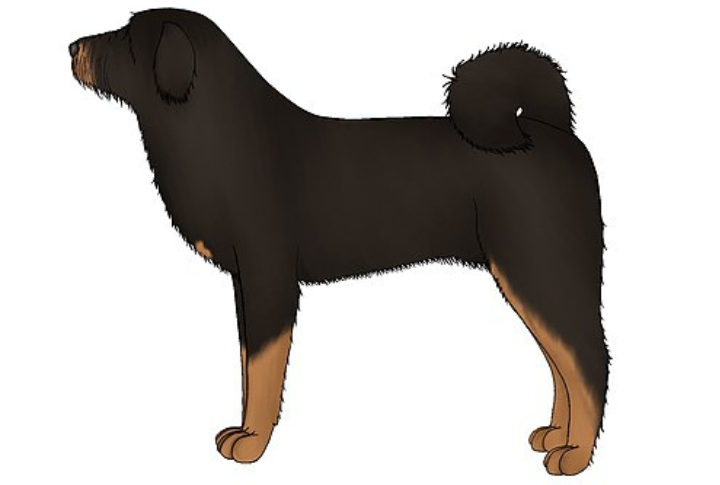
Closely related to the Tibetan Mastiff, the Tibetan Kyi Apso is an even rarer breed with a thick coat and strong protective instincts. Primarily used as a guardian dog in remote Himalayan regions, its rarity stems from limited breeding and its specialized role.
Carolina Dog
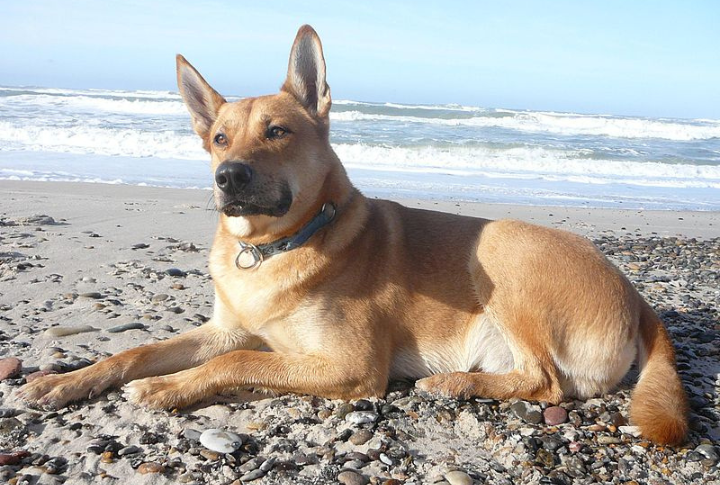
Sometimes called the American Dingo, the Carolina Dog is a rare breed that originated as a free-roaming wild dog in the Southeastern United States. While some have been domesticated, their numbers are because of their semi-feral nature. Their rarity is compounded by the breed’s limited recognition outside dedicated enthusiasts and researchers.


